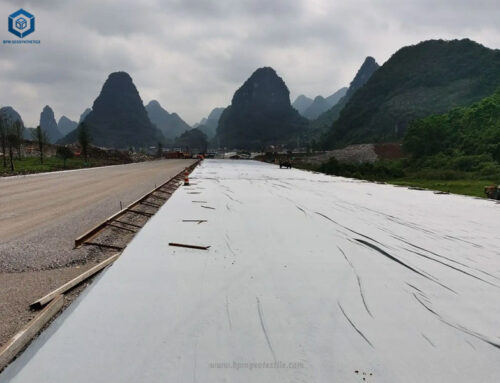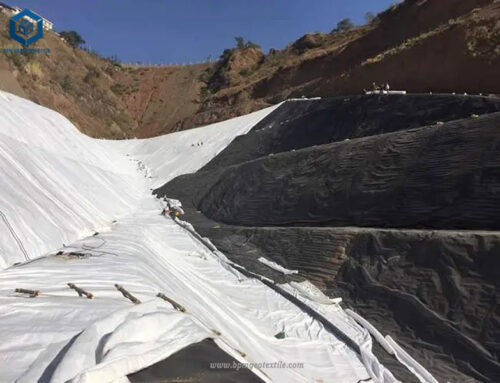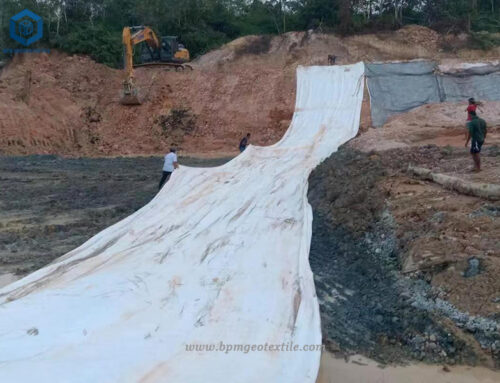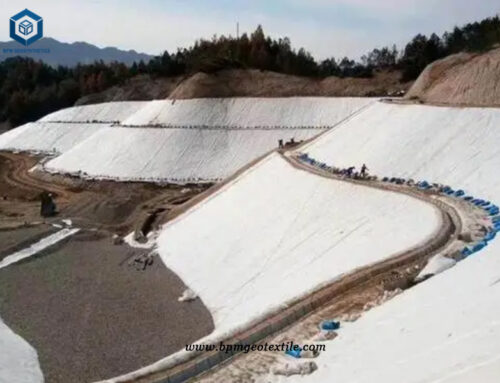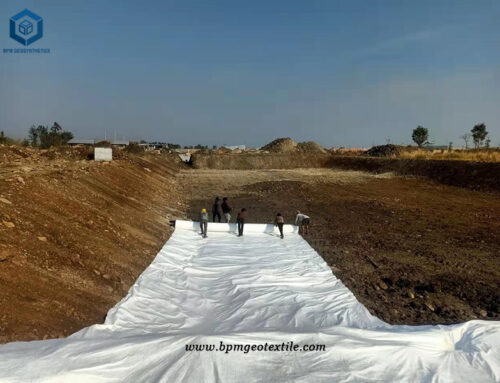Geotextile drainage fabric, as a new material, has been widely used in water conservancy project construction with its excellent performance and characteristics. It is mainly used to replace the traditional granule to build the filter layer and drainage water. Because of its soil retention, water permeability, blocking resistance, and high cost performance, it is widely used in water conservancy projects.
Case Study
- Location: Indonesia
- Product: Geotextile Drainage Fabric
- Application:Geotextiles Drainage Fabric for dam Project in Indonesia
Java Island in Indonesia often floods. Despite its small size, it’s a vital agricultural region suitable for farming development. Rice cultivation benefits from large reservoir dams that provide irrigation and power. However, dam slope protection is basic due to construction and economic limitations. This leads to slope collapses as reservoirs operate at full capacity. The government seeks a product to prevent slope failures.
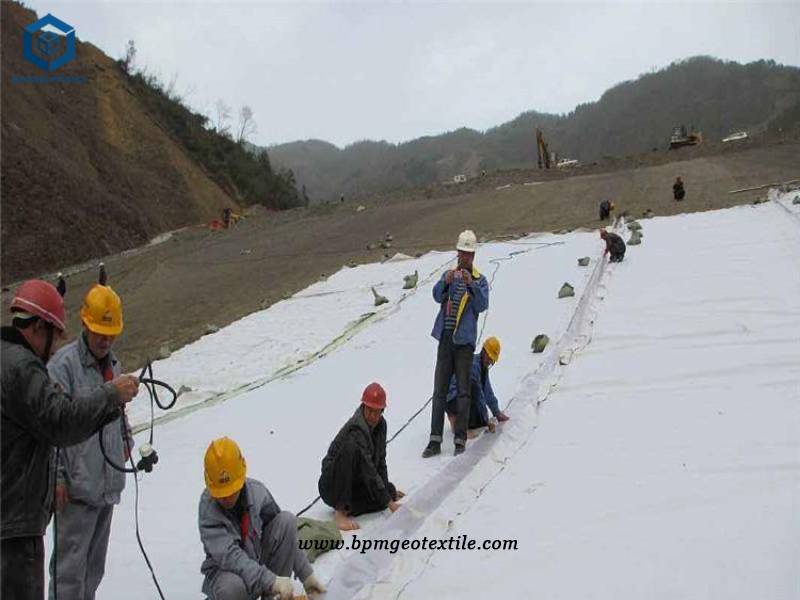
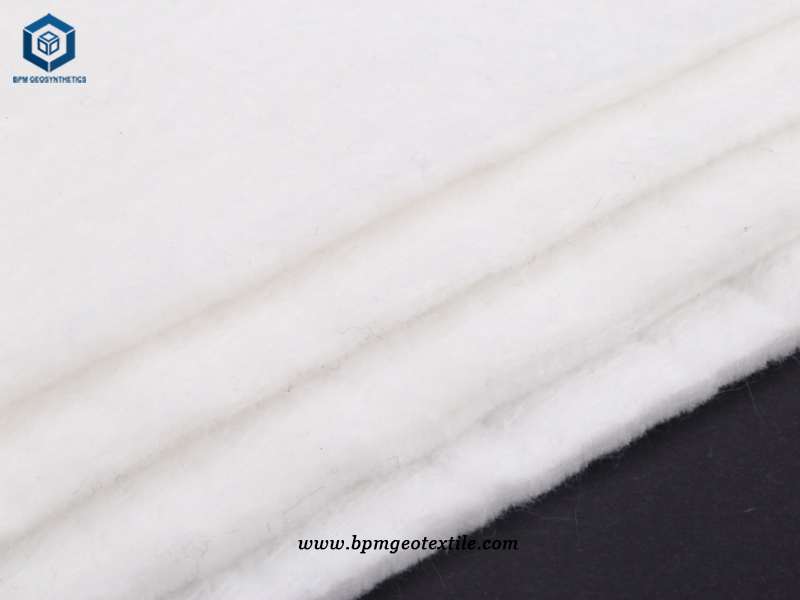
Solution
Geotextile drainage fabric is an excellent filter material that retains soil and drains water. It’s used in dams where filters are needed. Our clients contacted us about their project, and we recommended geotextiles with filtration based on past successes. Using geotextiles for slope protection in similar projects yields great results, benefiting the reservoir and rice industry.
Geotextile drainage fabric has strong mechanical properties, permeability, corrosion resistance, and durability. It can adapt to uneven surfaces, withstand construction forces, and maintain functionality under long-term loads.
This fabric creates drainage paths in sand structures, removing excess liquid and gas. It also separates different building materials, preventing mixture or degradation and enhancing structural integrity and load capacity.
Basic requirements for Geotextiles Drainage Fabric laying.
- The joint must intersect with the slope line. Horizontal joints shall be more than 1.5m away from the toe of the slope where they are balanced or where stress may exist.
- On the slope, one end of the geotextile drainage fabric is anchored, and then the coiling material is lowered to ensure that the geotextiles fabricis kept in a tight state.
- All geotextile drainage fabricshall be held down with sand bags, which will be used during the laying period and retained to the material above the laying.
Technical requirements for geotextile drainage fabric layout.
- Grass-roots inspection: check whether the grass-roots level, solid, if there is a foreign body, should be handled properly.
- trial shop: according to the site situation, determine the size of the geotextile drainage fabric, after cutting for trial shop, cutting size should be accurate.
- Check whether the width of Salah is appropriate, and the lap joint should be flat and moderately tight.
- Positioning: use a hot air gun to bond the lap parts of the two pieces of geotextile drainage fabric, and the spacing between the bonding points should be appropriate.
- When suturing the lap joint, the suture line should be straight and the stitching should be uniform.
- After stitching, check whether the geotextile drainage fabric is laid smoothly and whether there are defects.
- such as the existence of unqualified phenomenon, should be repaired in time.
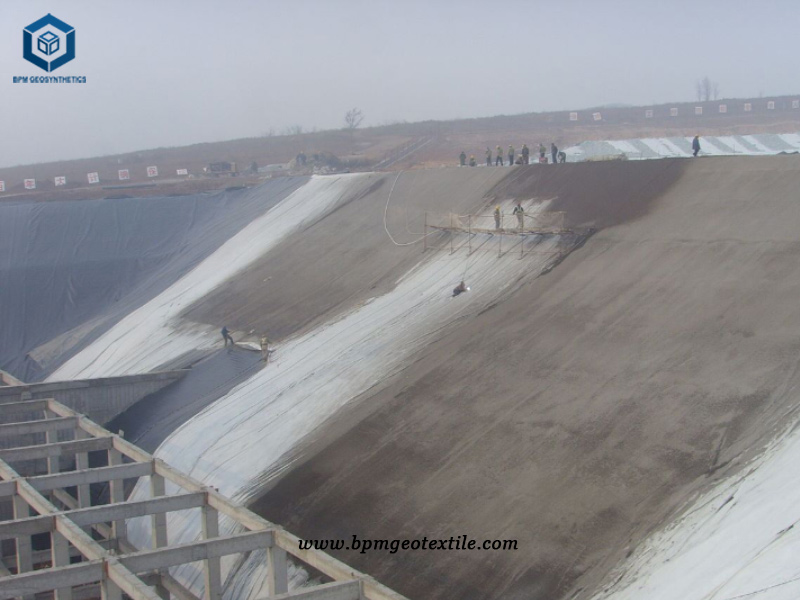
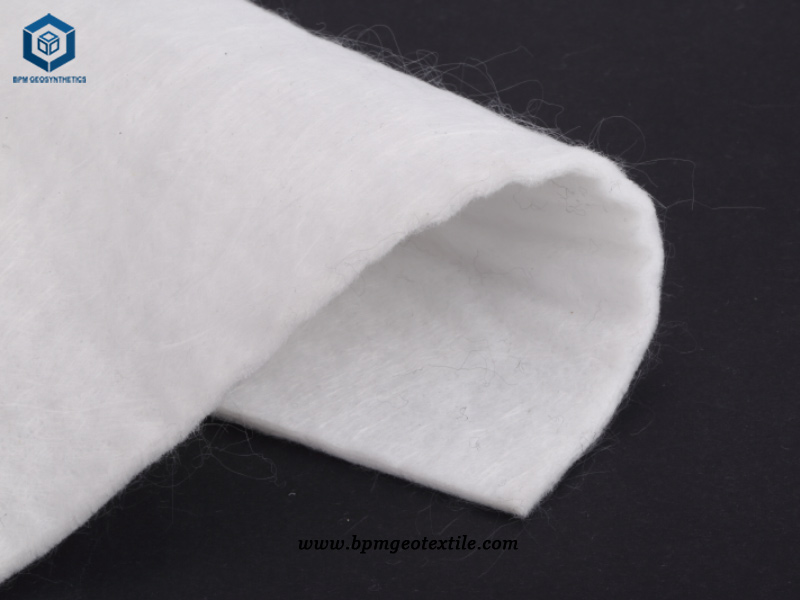
Benefits
- High strength: the use of high strength industrial polypropylene, polyester, nylon and other synthetic fibers as raw materials, with a high original strength.
- After woven into a regular interwoven structure, the comprehensive bearing capacity is further improved.
- Durability: the characteristics of synthetic chemical fiber is not easy denaturation, decomposition, weathering.
- It can maintain its original characteristics for a long time.
- Corrosion resistance: synthetic chemical fiber generally has acid resistance, alkali resistance, moth resistance, mold resistance.
- Water permeability: Woven fabric can effectively control its structural pores to achieve a certain water permeability.
- Convenient storage and transportation: because of the light weight, can be packed according to certain requirements, so the transportation, storage, construction and so on are very convenient.
Summary
Geotextile Drainage Fabric have excellent filtration, drainage, isolation, reinforcement, protection, with light weight, high tensile strength, good permeability, high temperature resistance, freezing resistance, aging resistance, corrosion resistance.
Specifications of Geotextile Drainage Fabric for Dam Project in Indonesia
- Total geotextile quantity – 80,000 squares meters
- Geotextile Weight – 200gsm
- Each roll size is 6m*200m
About BPM
BPM manufactures and wholesales many types of effective and states of the art geotextile, geomembrane, and other geosynthetics to over 36 countries. BPM geosynthetic products are widely used across a variety of industries including waste containment, water containment, aquaculture, industrial project, energy project and mining projects, etc. If you have any questions or inquiries, please fill and submit the following form, we will reply as soon as possible.

